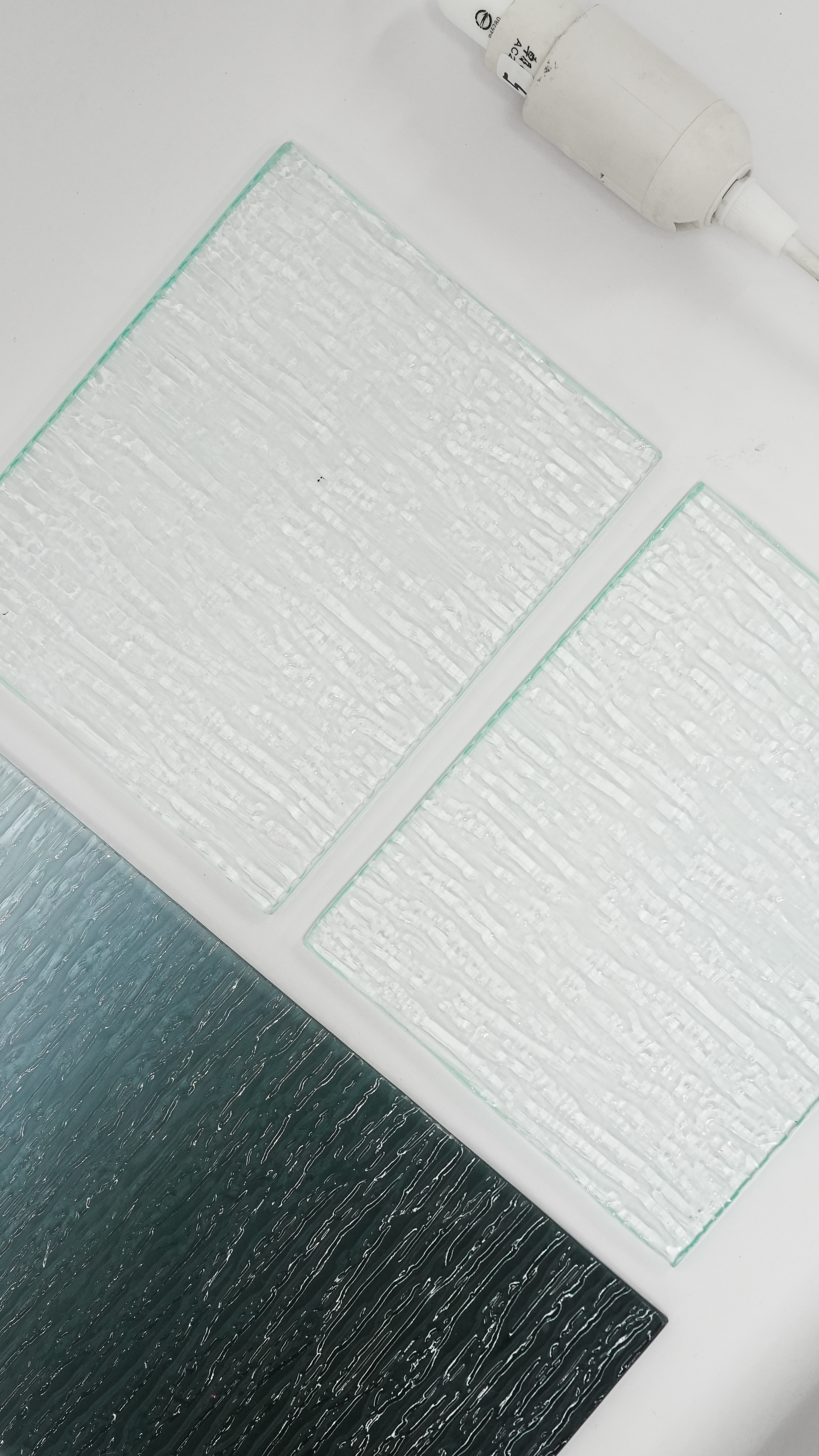
Contextual Interactions
Contextual Interaction is a design concept that explores human–computer interaction for smart devices, with a focus on smart hubs in the living environment. The project aims to create more intuitive and adaptive interactions by responding to the user's context.
Through a multimodal approach, users can interact using touch, gesture, facial expression, voice, and posture, while the device communicates through ambient light, haptics, sound, voice, physical motion, projected display, or even other connected devices. This richness in input and output enables the smart hub to adapt fluidly to diverse scenarios, offering a more natural and seamless interaction experience within everyday life.
Design Background

Issue
With the hustle and bustle of daily life, the fast-paced often makes people stressed and forget to appreciate life. Therefore, we hope people can try to slow down, take a breath, and feel relaxed and tranquil in their busy lives.
Design Concept
Our goal is defined as bringing nature into the home, therefore allowing the user to feel relaxed and tranquil.
Our goal is defined as bringing nature into the home, therefore allowing the user to feel relaxed and tranquil.



Design Process
Brainstorming for the natural elements that are capable of being combined with furniture, developing ideas with sketches, and testing the effect and the feasibility of the idea by prototyping.
Design Carrier
After the process of sketching and prototyping, we found that among various categories of furniture, lamps have the best ability to create an atmosphere, and are also the most suitable carrier to integrate into the home, so we focus the design target on nature image lighting design.


Finally, we decided to develop two series of lamps to present the natural scene of the “sunset ocean”, and the “mottled path”. Here I will explain the process of further design details of the “sunset ocean”.





Final Structure
This series uses light and waterfall-patterned glass to create light effects on the sky and sea at sunset.
By changing the relationship between light and glass, through reflection, refraction, and the combination of the two, we developed three different visual effects.